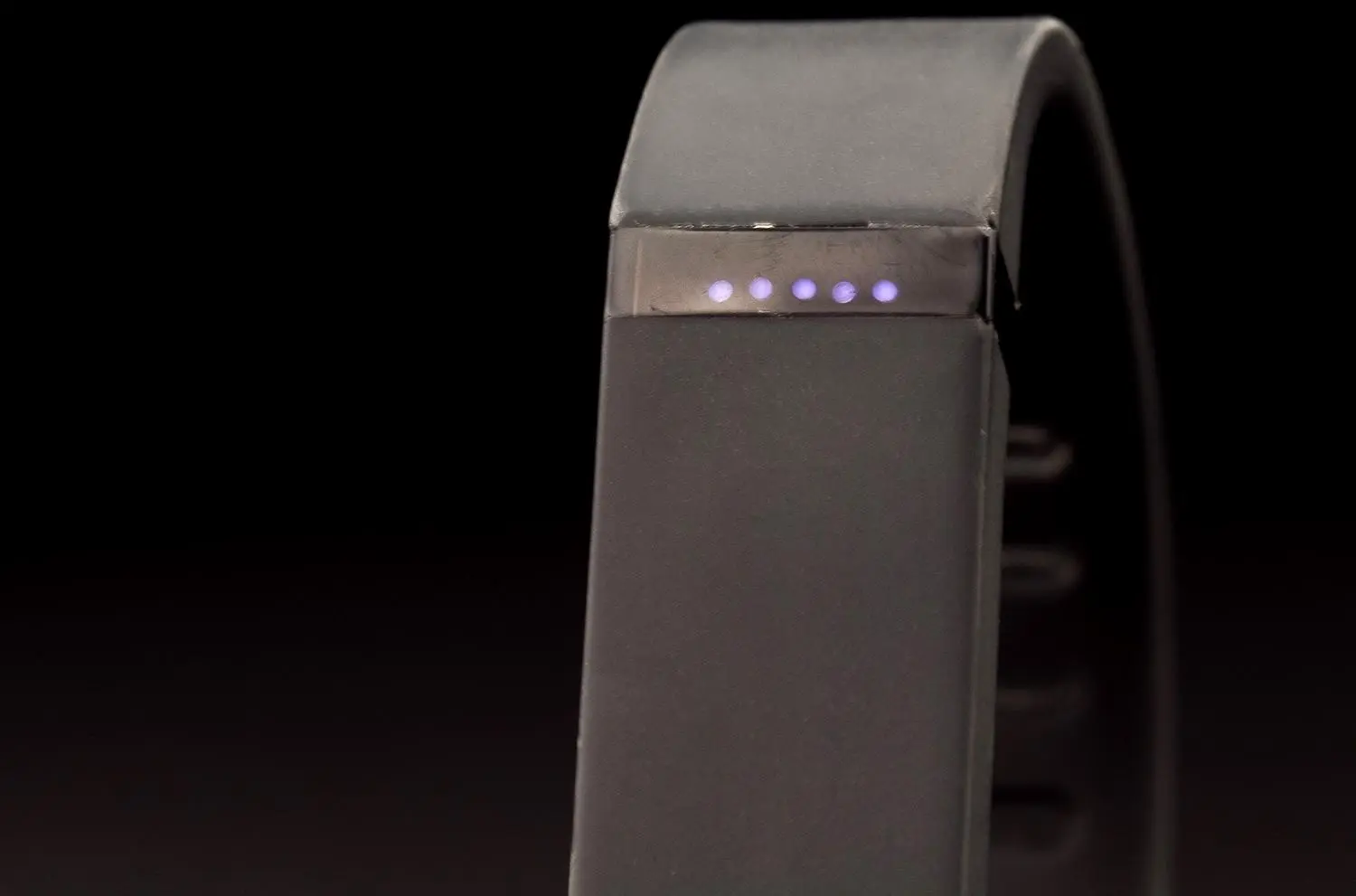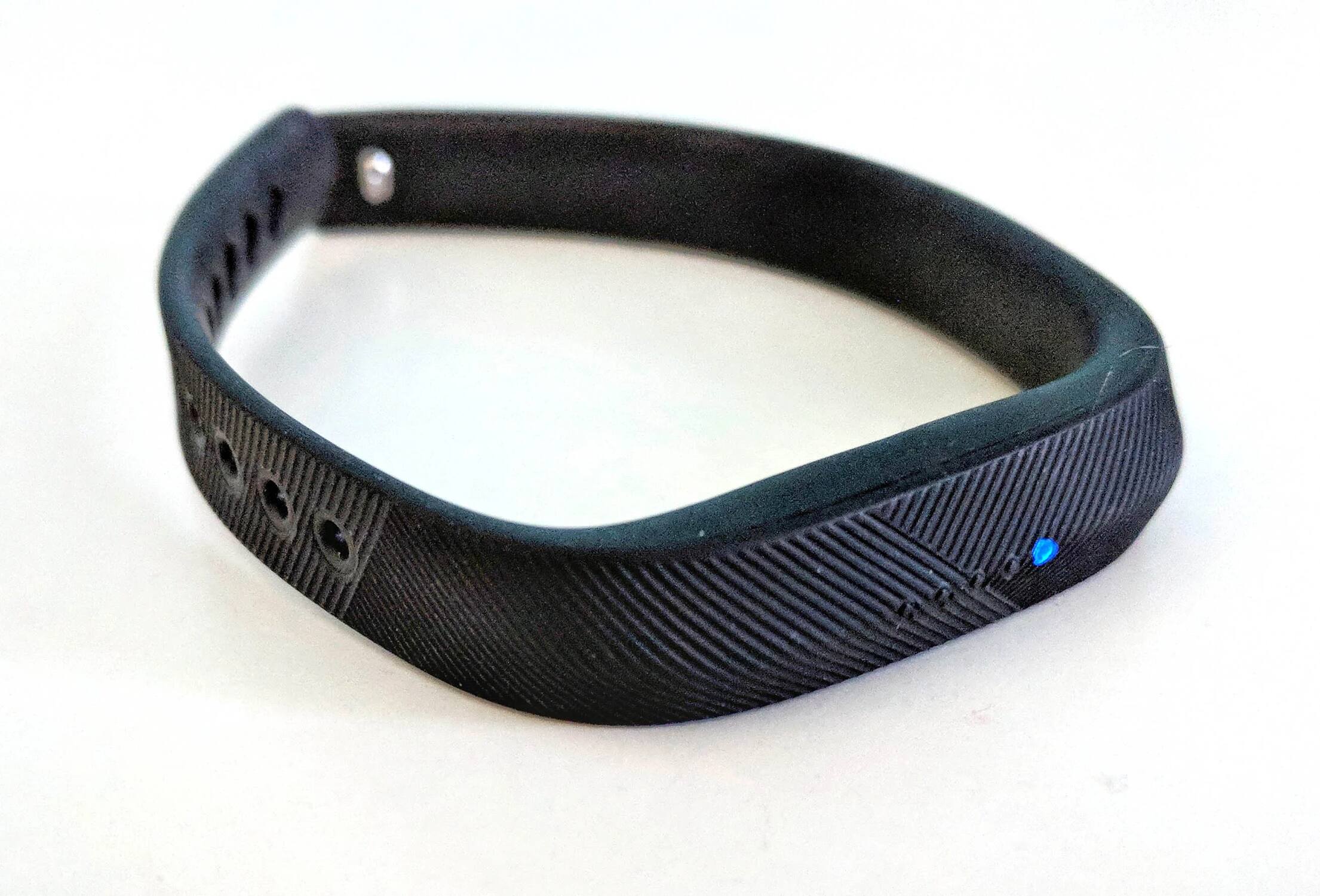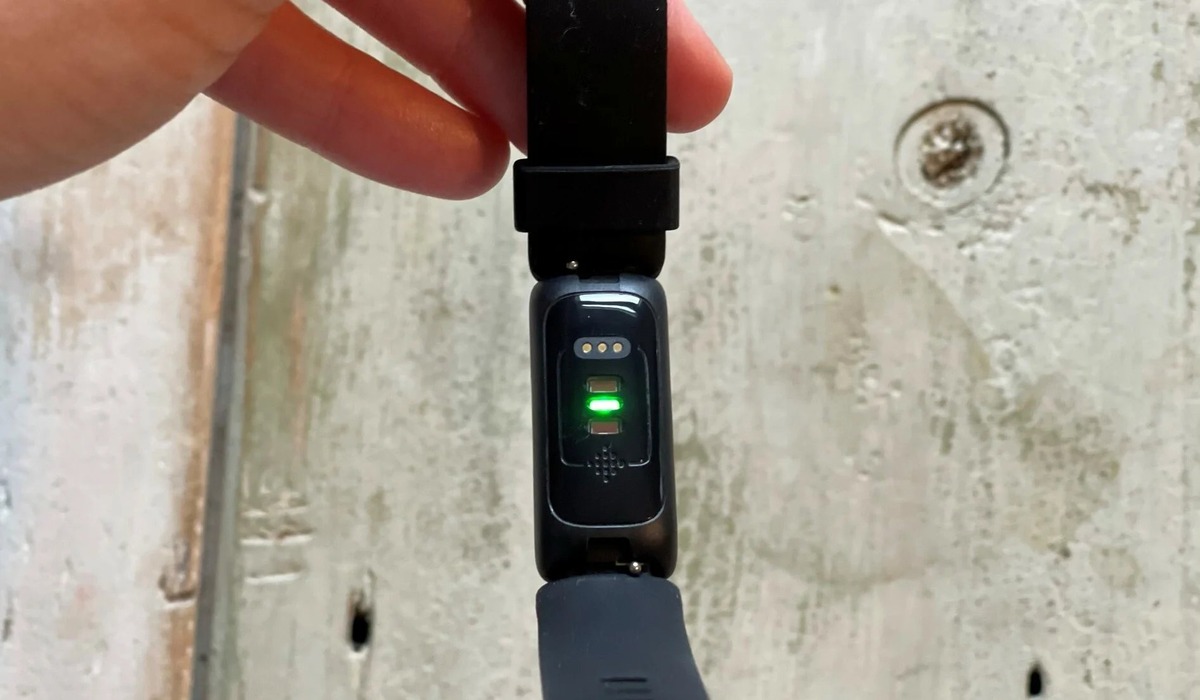Introduction
Understanding the nuances of sleep is essential for overall well-being, and modern wearable technology has revolutionized the way we comprehend our sleep patterns. Among the various stages of sleep, light sleep plays a crucial role in the body's rejuvenation and restoration processes. Fitbit, a prominent player in the wearables market, provides valuable insights into light sleep, shedding light on its significance and impact on our daily lives.
As we delve into the realm of sleep, it becomes evident that not all sleep is created equal. The sleep cycle is composed of distinct phases, each serving a specific purpose in promoting physical and mental health. Light sleep, often overlooked in comparison to deep sleep, is a pivotal stage that acts as a bridge between wakefulness and deeper sleep phases. It is during this stage that the body begins to relax, preparing for more profound restorative processes that occur during deep sleep.
Fitbit's advanced sleep tracking technology offers users the opportunity to gain a comprehensive understanding of their sleep quality, including the duration and efficiency of light sleep. By leveraging this technology, individuals can gain valuable insights into their sleep patterns, enabling them to make informed decisions to enhance their overall well-being.
In this article, we will delve into the intricacies of light sleep, explore how Fitbit measures this crucial sleep stage, and elucidate the significance of light sleep in promoting optimal health. Furthermore, we will provide practical tips for improving light sleep, empowering readers to take proactive steps towards achieving a more restful and rejuvenating sleep experience. Let's embark on this enlightening journey to unravel the mysteries of light sleep and harness its potential for a healthier lifestyle.
What is Light Sleep?
Light sleep, also known as NREM (non-rapid eye movement) Stage 1 and Stage 2 sleep, is a critical phase of the sleep cycle characterized by reduced brain activity and muscle tone. This transitional stage serves as a gateway between wakefulness and deeper sleep stages, playing a pivotal role in preparing the body for more profound restorative processes.
During light sleep, the body begins to relax, and the brain activity slows down, marking the initial descent into the realm of sleep. This stage is associated with drifting in and out of sleep, making it easier to wake up compared to deep sleep. Although the sleeper is still somewhat aware of their surroundings, the body starts to unwind, and the heart rate and breathing begin to regulate.
One of the primary functions of light sleep is to facilitate the transition to deeper sleep stages, where the body undergoes essential processes for physical and mental rejuvenation. While in light sleep, the brain starts to organize and store memories, process emotions, and regulate various bodily functions. Additionally, this phase allows the body to repair and regenerate tissues, support immune function, and regulate metabolism.
It is important to note that light sleep is not a passive stage but rather an active and dynamic phase that sets the stage for the body's deeper restorative processes. As such, understanding and optimizing light sleep can significantly impact overall sleep quality and daily performance.
In the context of wearable technology, such as Fitbit, the ability to accurately track and analyze light sleep provides users with valuable insights into their sleep patterns. This information empowers individuals to make informed decisions about their sleep habits, leading to potential improvements in overall well-being.
In essence, light sleep serves as a crucial intermediary phase that paves the way for deeper, more restorative sleep. By comprehending the significance of light sleep and its impact on overall sleep quality, individuals can take proactive steps to optimize this essential stage of the sleep cycle, ultimately enhancing their physical, mental, and emotional vitality.
How Fitbit Measures Light Sleep
Fitbit employs a sophisticated blend of sensors and algorithms to accurately measure light sleep, providing users with valuable insights into this crucial phase of the sleep cycle. The technology utilized by Fitbit devices, such as the Fitbit Charge, Fitbit Versa, and Fitbit Sense, enables comprehensive tracking and analysis of light sleep, enhancing users' understanding of their sleep patterns and overall sleep quality.
Fitbit devices utilize a combination of accelerometers and heart rate monitors to capture and interpret essential data during sleep. The accelerometer measures movement and body position, allowing the device to differentiate between various sleep stages based on physical activity and restlessness. This enables the device to identify periods of light sleep characterized by subtle movements and transitions, providing a detailed depiction of the user's sleep architecture.
In addition to movement tracking, Fitbit devices monitor heart rate variability (HRV) during sleep to further refine the assessment of light sleep. HRV, the variation in time intervals between heartbeats, serves as a valuable indicator of the body's autonomic nervous system activity, reflecting the transitions between sleep stages. By analyzing HRV patterns, Fitbit devices can discern the fluctuations associated with light sleep, contributing to a more nuanced understanding of the user's sleep cycle.
Furthermore, Fitbit's advanced algorithms process the data collected from accelerometers and heart rate monitors, leveraging machine learning and pattern recognition to identify and categorize distinct sleep stages, including light sleep. These algorithms are continually refined and updated based on extensive sleep data collected from a diverse user base, enabling Fitbit devices to provide increasingly accurate and personalized insights into light sleep patterns.
The culmination of these technological capabilities allows Fitbit devices to present users with detailed sleep stage breakdowns, including the duration and efficiency of light sleep. Through the Fitbit app or dashboard, users can access comprehensive sleep metrics, visual representations of their sleep stages, and personalized recommendations to optimize their sleep quality.
By leveraging these advanced measurement techniques, Fitbit empowers users to gain a deeper understanding of their light sleep patterns, facilitating informed decision-making to enhance overall sleep quality and well-being. This comprehensive approach to measuring light sleep underscores Fitbit's commitment to delivering actionable insights that enable users to prioritize and optimize their sleep for improved health and vitality.
The Importance of Light Sleep
Light sleep, often overshadowed by its deeper counterpart, plays a pivotal role in supporting overall health and well-being. While deep sleep is celebrated for its restorative properties, light sleep serves as a crucial intermediary phase that facilitates the transition to deeper sleep stages, contributing to the body's rejuvenation and cognitive function.
One of the primary functions of light sleep is memory consolidation and cognitive processing. During this stage, the brain actively organizes and stores memories, processes emotions, and integrates new information. This cognitive housekeeping is essential for learning, problem-solving, and maintaining optimal cognitive function. Furthermore, light sleep supports creative thinking and emotional regulation, playing a vital role in mental and emotional well-being.
In addition to cognitive processes, light sleep is intricately linked to physical restoration and immune function. While the body relaxes during light sleep, essential physiological processes unfold. Tissues undergo repair and regeneration, muscle tone is regulated, and the immune system is bolstered. Moreover, metabolic regulation occurs during this phase, impacting energy balance and overall metabolic health.
Furthermore, light sleep contributes to overall sleep architecture, ensuring a balanced and restorative sleep experience. Without sufficient light sleep, the body may struggle to transition smoothly into deeper sleep stages, potentially impacting the overall quality of sleep. This can lead to feelings of grogginess, reduced alertness, and diminished cognitive performance during waking hours.
Fitbit's ability to accurately track and analyze light sleep empowers users to gain insights into their sleep patterns, enabling them to make informed decisions to optimize this critical phase. By recognizing the importance of light sleep and its multifaceted impact on cognitive, emotional, and physical well-being, individuals can prioritize strategies to enhance their overall sleep quality and daily performance.
In essence, light sleep is not merely a transitional phase; it is a dynamic and essential component of the sleep cycle that contributes to holistic health. By acknowledging the significance of light sleep and leveraging technology such as Fitbit to gain in-depth understanding and actionable insights, individuals can unlock the potential of this crucial sleep stage, paving the way for improved vitality and well-being.
Tips for Improving Light Sleep
Improving light sleep involves adopting habits and routines that promote relaxation, comfort, and a conducive sleep environment. Here are practical tips to enhance the quality and duration of light sleep:
-
Establish a Consistent Sleep Schedule: Maintaining a regular sleep-wake cycle helps regulate the body's internal clock, known as the circadian rhythm. Aim to go to bed and wake up at the same time each day, even on weekends, to synchronize your sleep patterns and optimize light sleep.
-
Create a Relaxing Bedtime Routine: Engage in calming activities before bed, such as reading, gentle stretching, or practicing relaxation techniques like deep breathing or meditation. Establishing a soothing bedtime ritual signals to the body that it's time to unwind, promoting a smoother transition into light sleep.
-
Optimize Your Sleep Environment: Ensure your bedroom is conducive to restful sleep by keeping it dark, quiet, and comfortably cool. Consider using blackout curtains, white noise machines, or earplugs to minimize disruptions and create an ideal setting for light sleep.
-
Limit Screen Time Before Bed: Exposure to electronic devices emitting blue light, such as smartphones, tablets, and computers, can interfere with the body's natural sleep-wake cycle. Minimize screen time at least an hour before bedtime to promote the onset of light sleep.
-
Monitor Caffeine and Alcohol Intake: Be mindful of consuming caffeinated beverages and alcohol, especially in the hours leading up to bedtime. Both substances can disrupt sleep patterns, affecting the duration and quality of light sleep. Opt for herbal teas or decaffeinated options in the evening.
-
Engage in Regular Physical Activity: Incorporating regular exercise into your routine can promote overall sleep quality, including light sleep. Aim for moderate aerobic activities, such as walking, cycling, or yoga, but avoid vigorous exercise close to bedtime, as it may interfere with the onset of light sleep.
-
Practice Mindfulness and Stress Management: Chronic stress and anxiety can impact sleep patterns, including the ability to enter light sleep. Explore mindfulness practices, such as mindfulness meditation or progressive muscle relaxation, to alleviate stress and promote relaxation before bedtime.
-
Evaluate Your Sleep Hygiene: Assess your sleep environment, mattress, pillows, and bedding to ensure they are conducive to comfort and support. Investing in a comfortable mattress and pillows that align with your sleep preferences can significantly impact the quality of light sleep.
By incorporating these tips into your daily routine and leveraging the insights provided by Fitbit's sleep tracking technology, you can cultivate an environment that fosters and optimizes light sleep. Prioritizing the enhancement of light sleep quality can lead to improved overall sleep architecture, cognitive function, and emotional well-being, ultimately contributing to a healthier and more energized lifestyle.
Conclusion
In conclusion, the realm of sleep, particularly the often-underappreciated stage of light sleep, holds profound implications for our overall well-being. Fitbit's advanced sleep tracking technology has illuminated the significance of light sleep, providing users with invaluable insights into this crucial phase of the sleep cycle.
By delving into the intricacies of light sleep, we have gained a deeper understanding of its multifaceted role in promoting cognitive function, emotional regulation, and physical restoration. Light sleep serves as a vital bridge between wakefulness and deeper sleep stages, facilitating memory consolidation, cognitive processing, and essential physiological processes. Fitbit's ability to accurately measure and analyze light sleep empowers users to make informed decisions to enhance their sleep quality and overall health.
As we navigate the complexities of modern life, prioritizing restorative sleep becomes increasingly crucial. The practical tips provided for improving light sleep, combined with the actionable insights delivered by Fitbit's sleep tracking technology, offer a pathway to optimizing this essential phase of the sleep cycle. By embracing consistent sleep schedules, creating relaxing bedtime routines, and cultivating conducive sleep environments, individuals can enhance the quality and duration of light sleep, ultimately reaping the benefits of improved vitality and cognitive performance.
In essence, the journey to unlock the potential of light sleep is a holistic endeavor that encompasses physical, mental, and emotional well-being. By recognizing the significance of light sleep and harnessing the capabilities of technology such as Fitbit, individuals can embark on a transformative path towards prioritizing and optimizing their sleep for a healthier and more energized lifestyle.
As we conclude this exploration of light sleep and its implications, let us embrace the opportunity to cultivate a deeper appreciation for the restorative powers of this essential sleep stage. Through knowledge, awareness, and actionable steps, we can elevate our sleep experiences, nurturing a foundation for enhanced well-being and a more vibrant life.






















